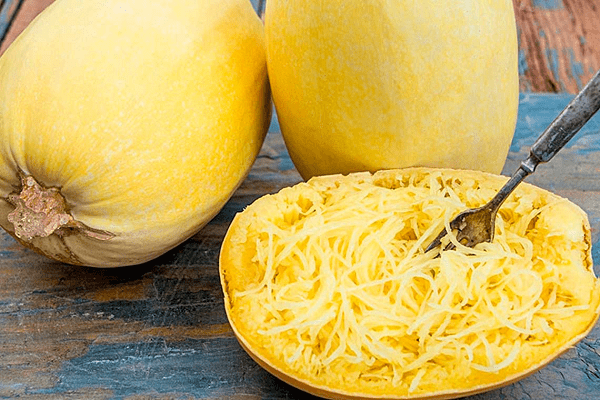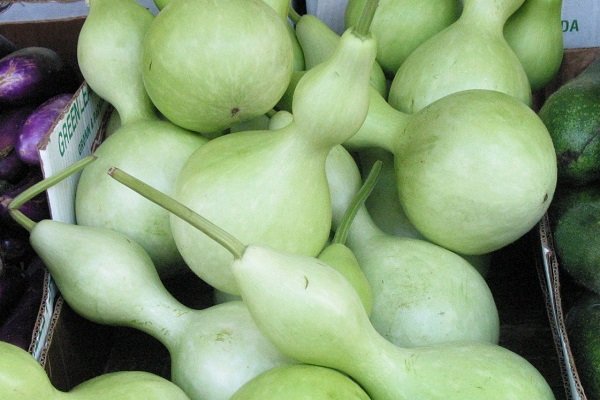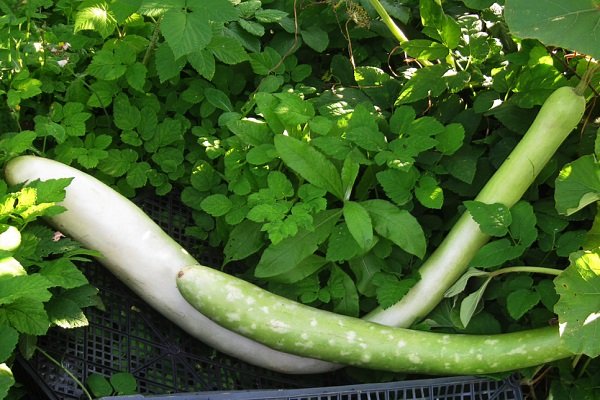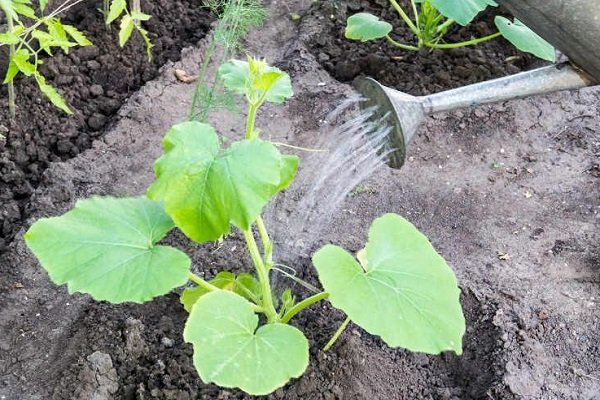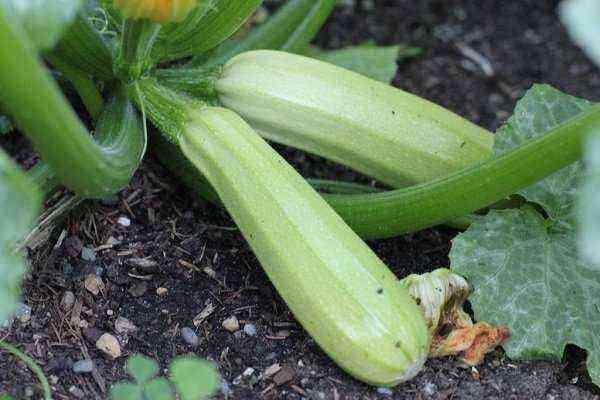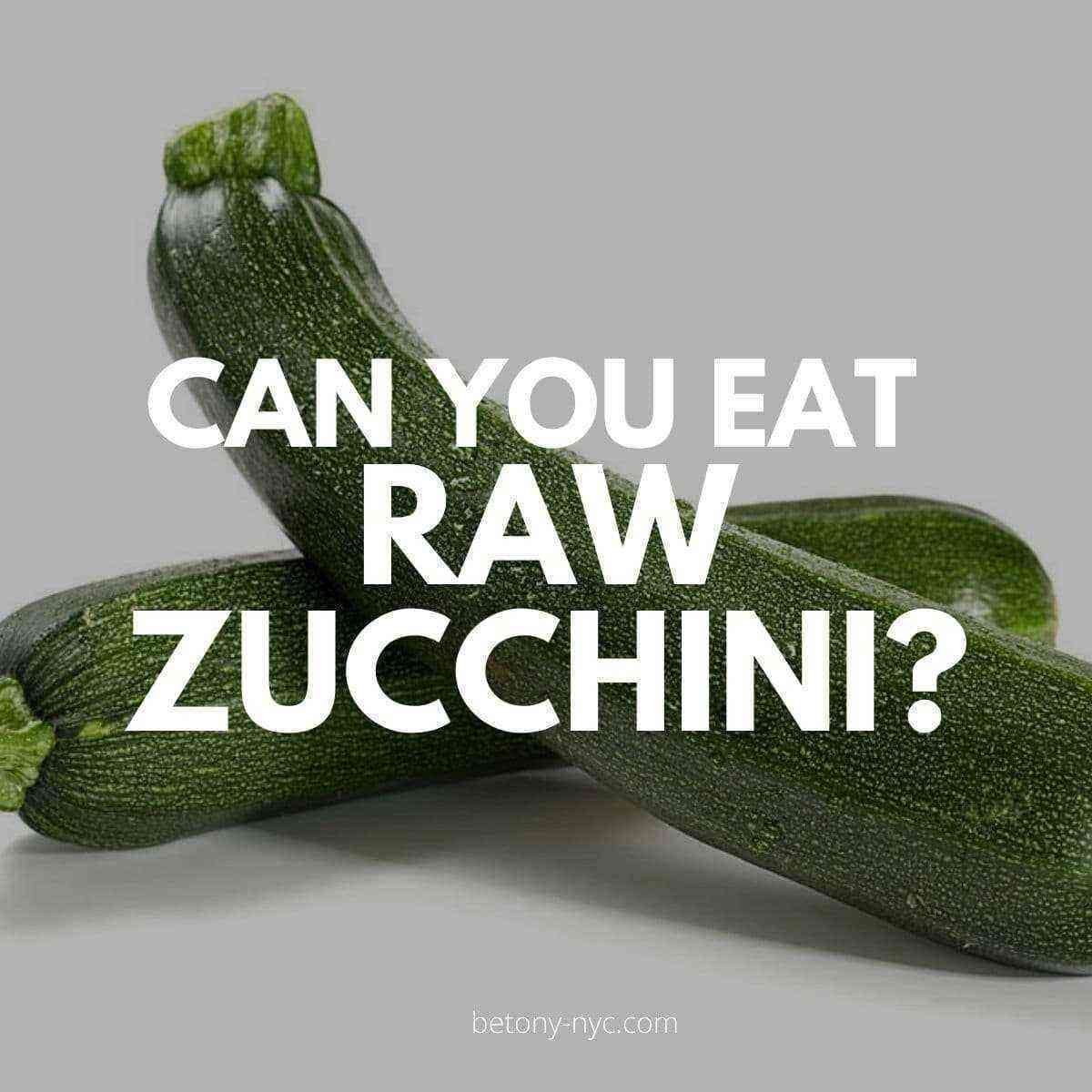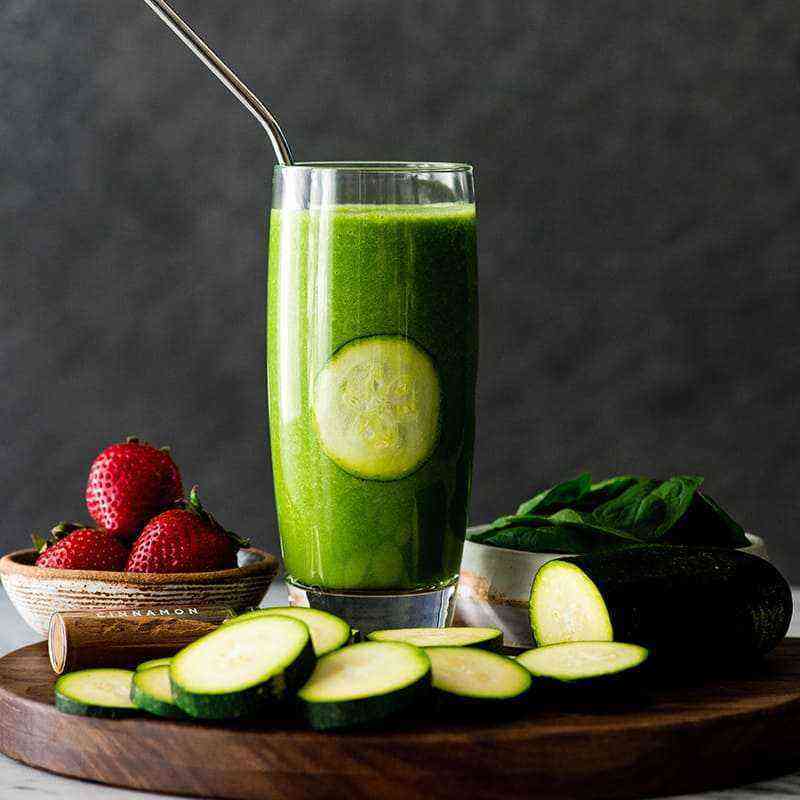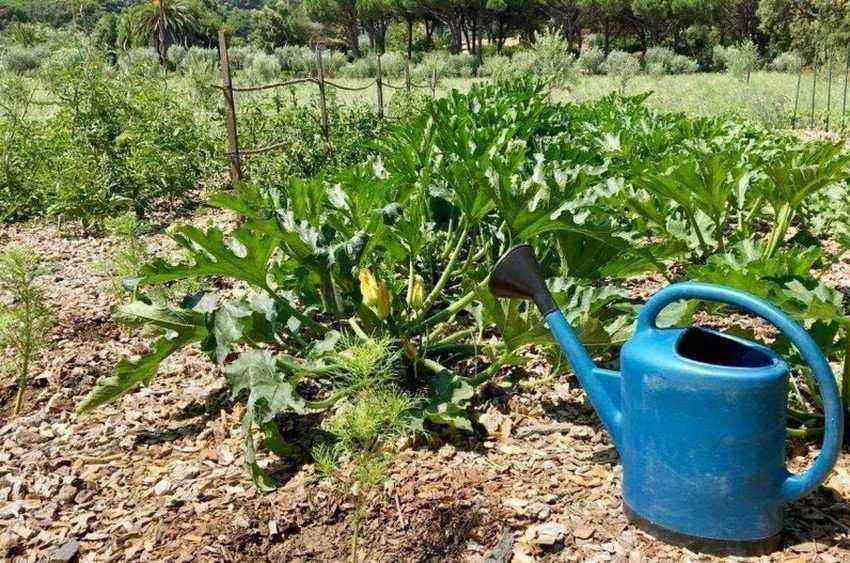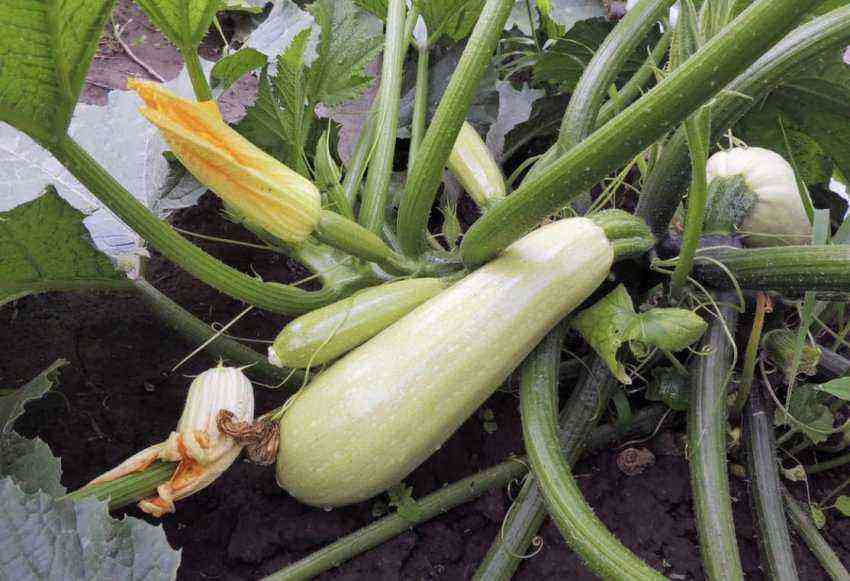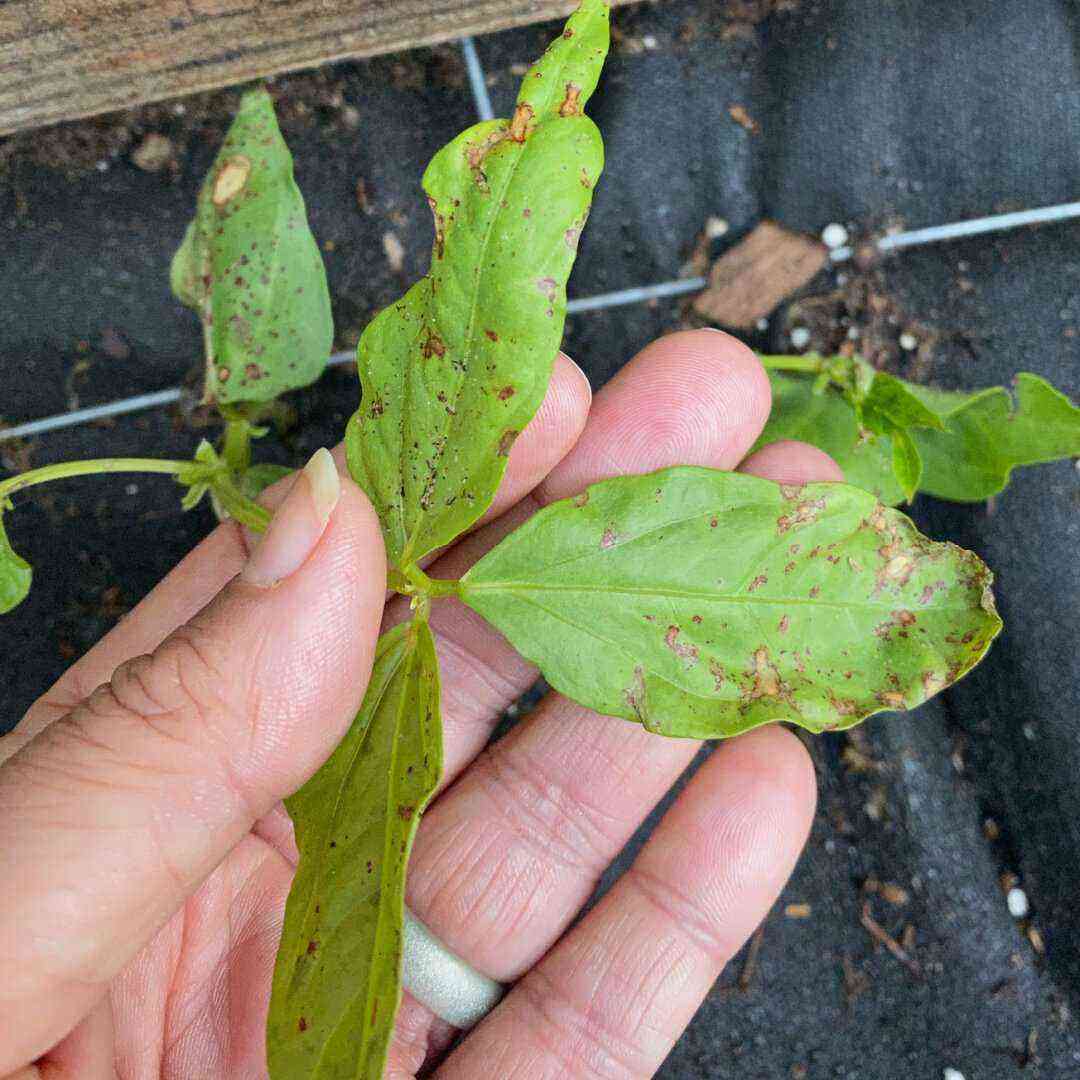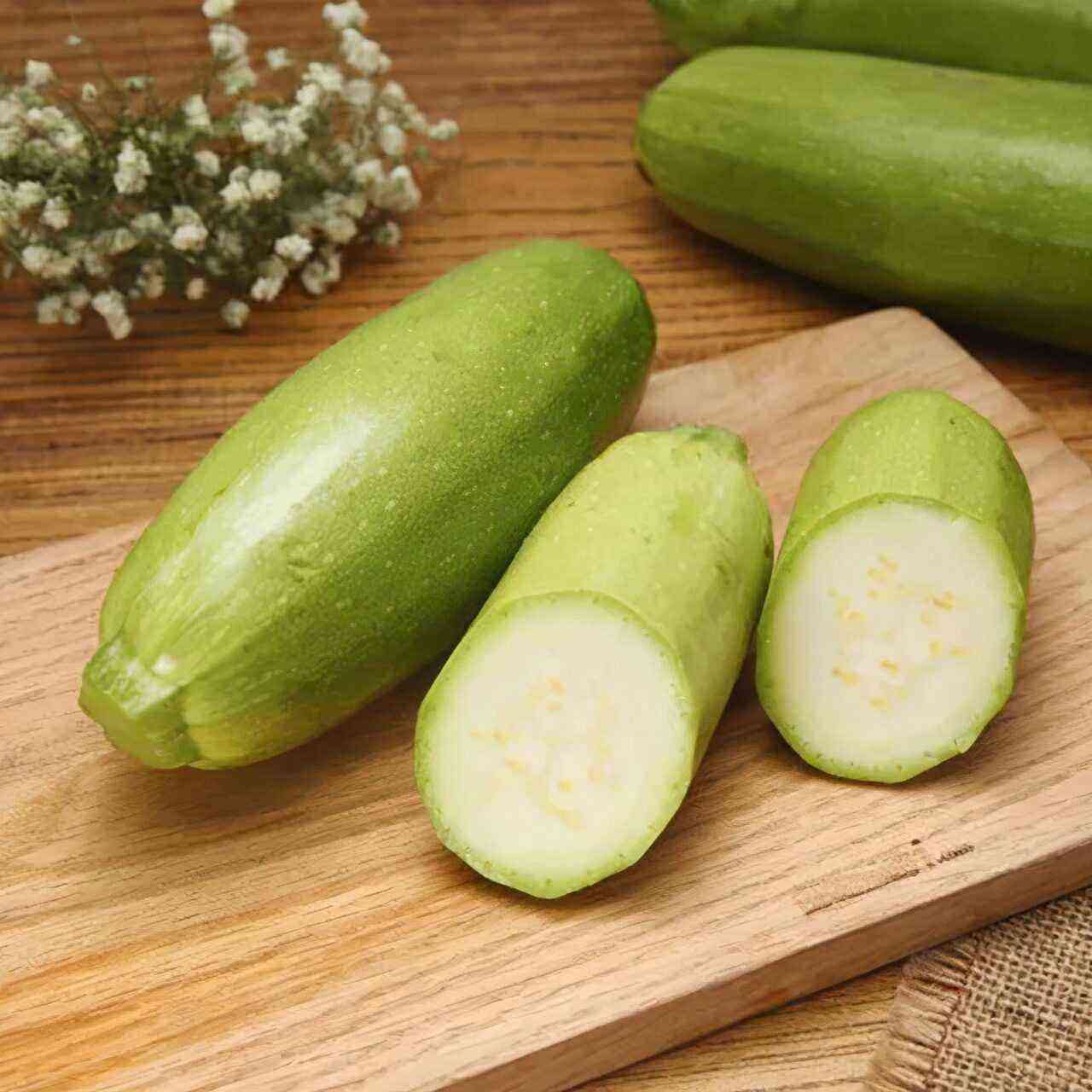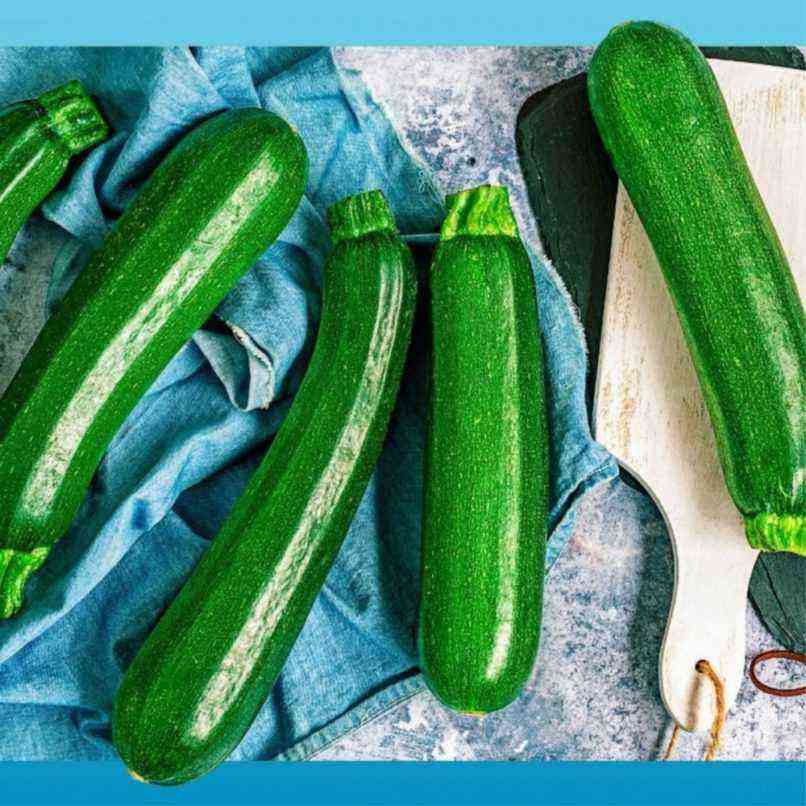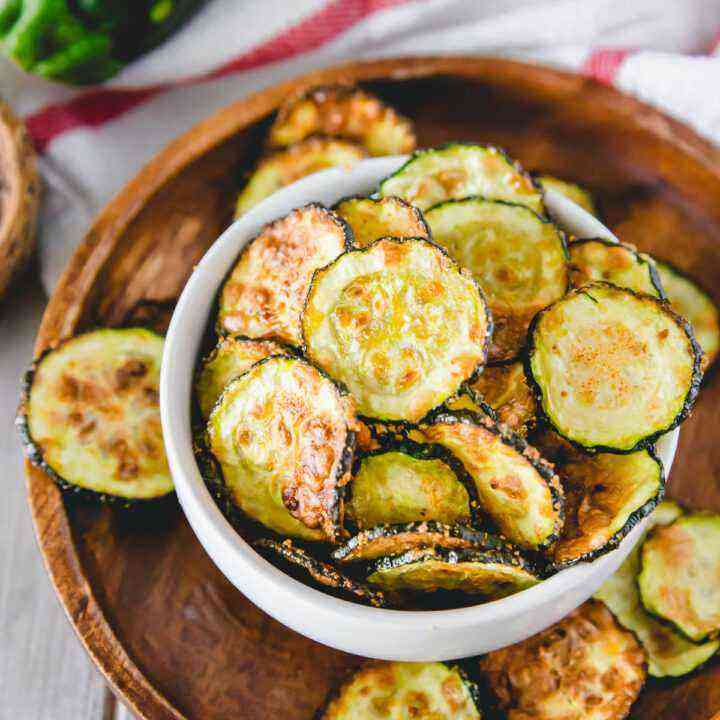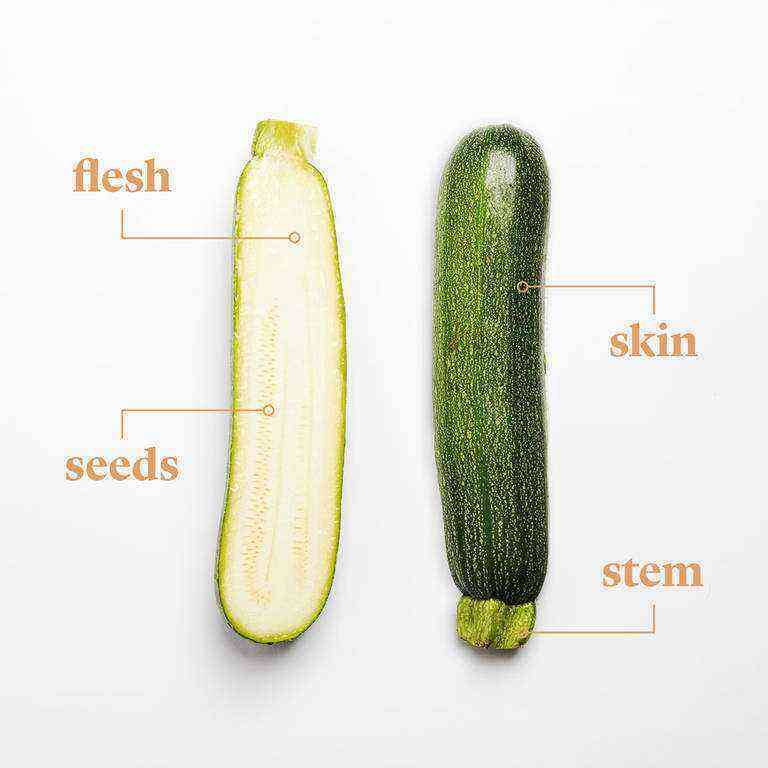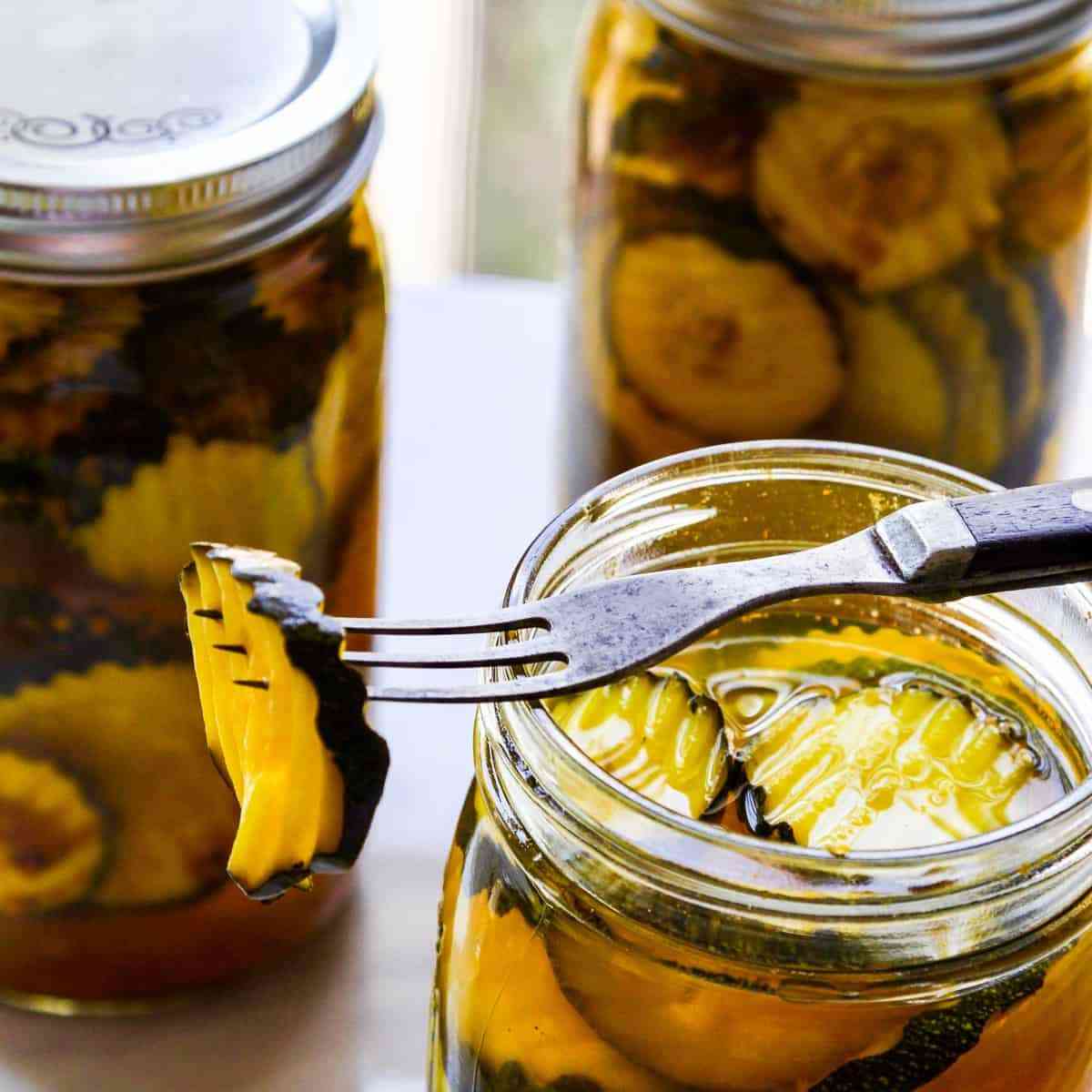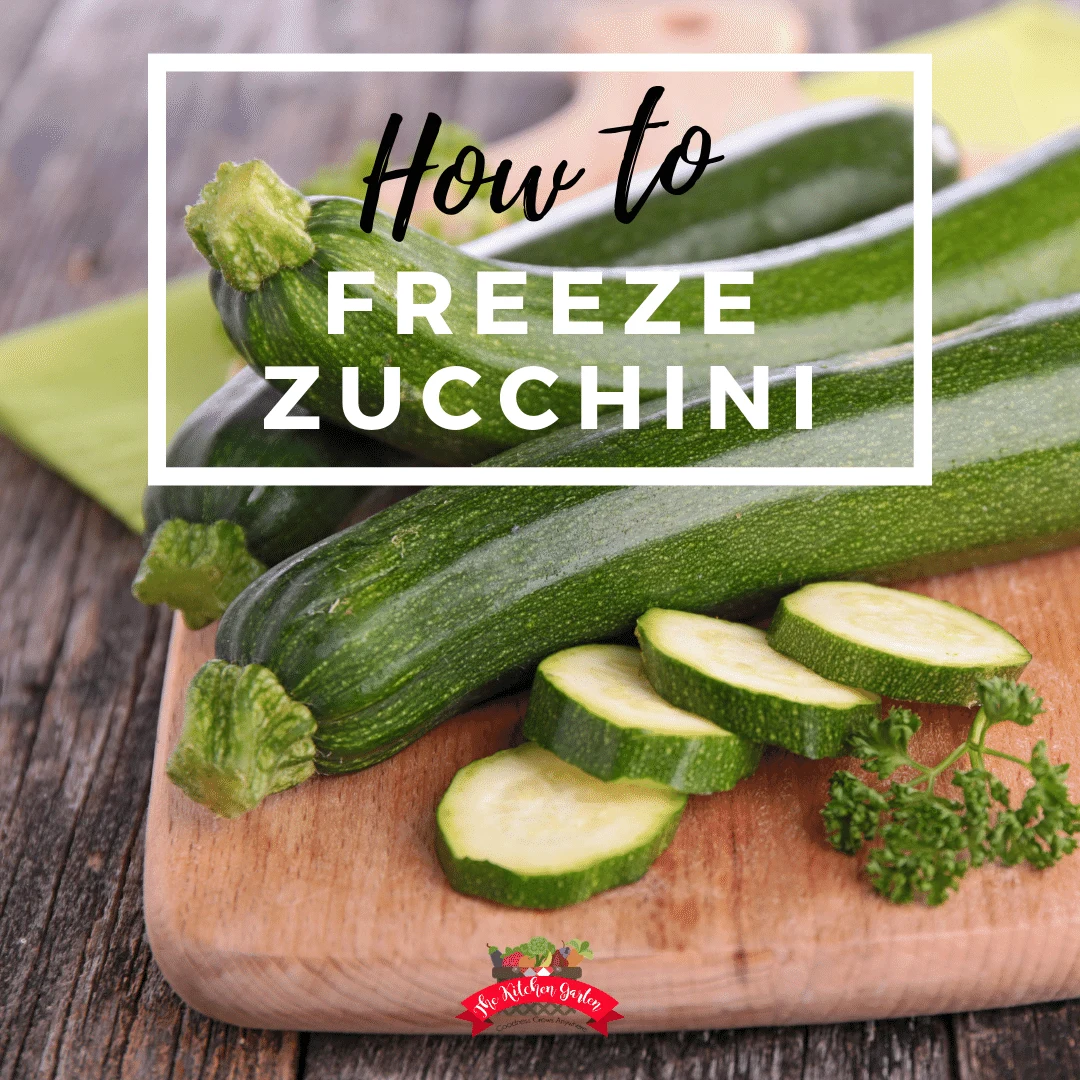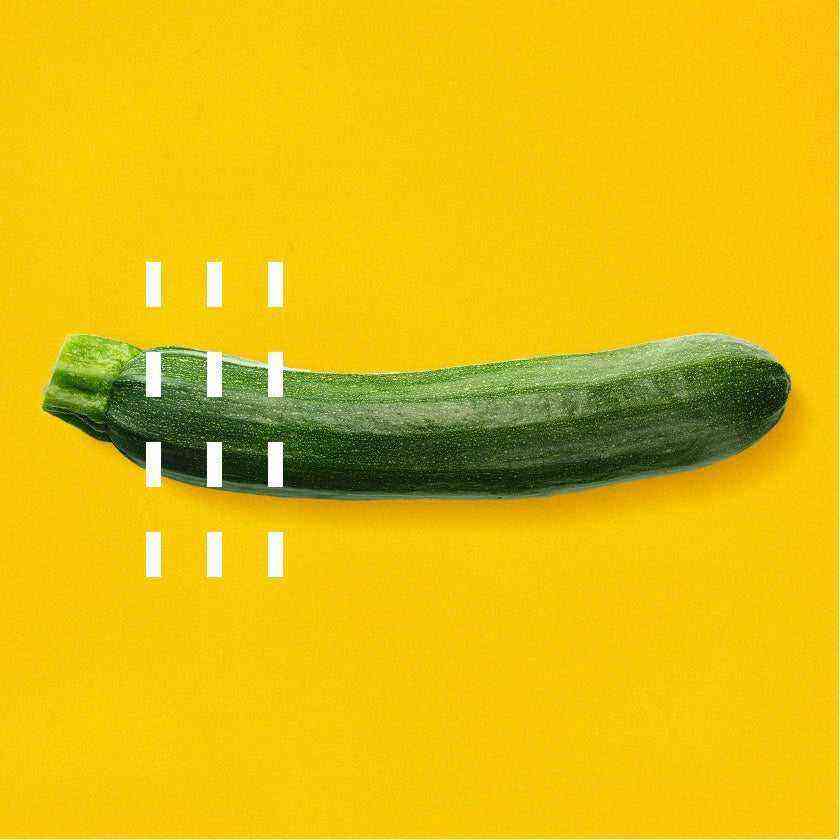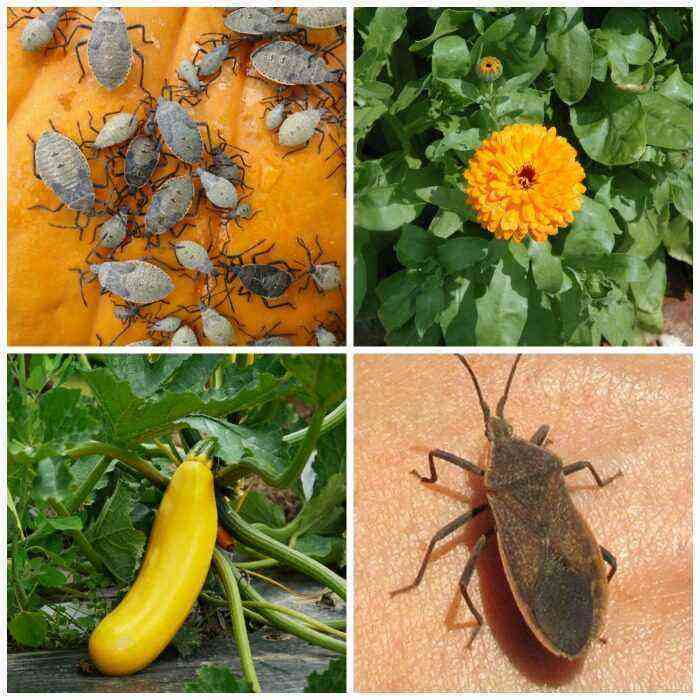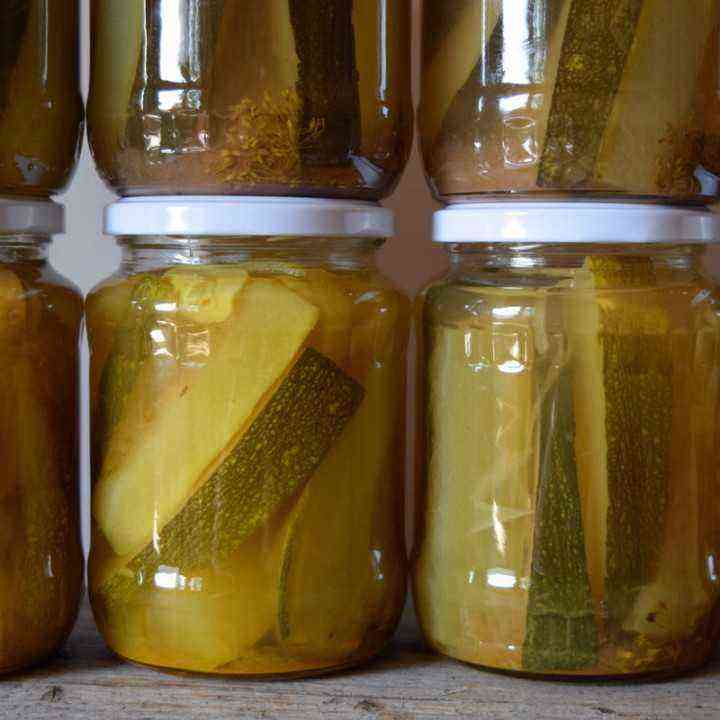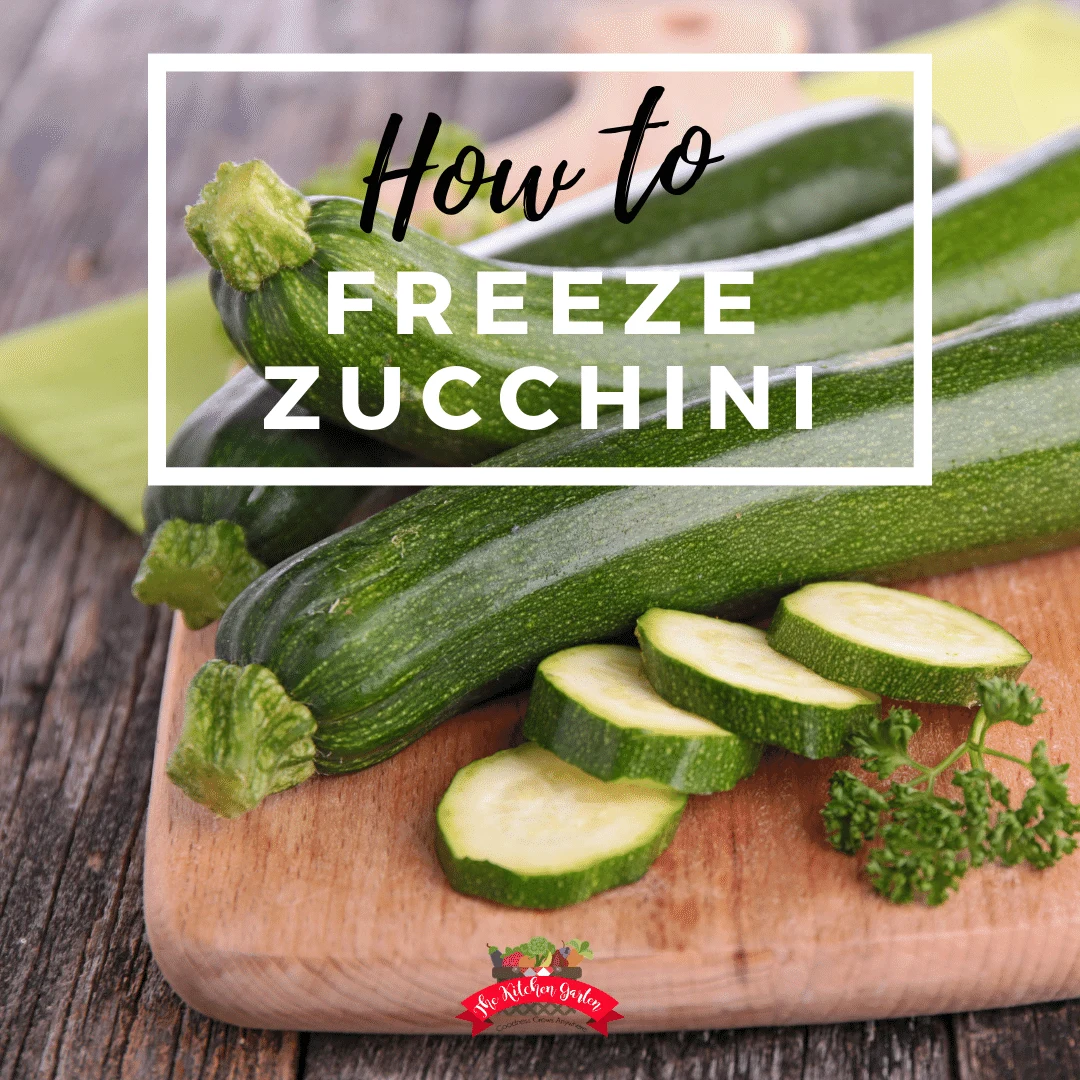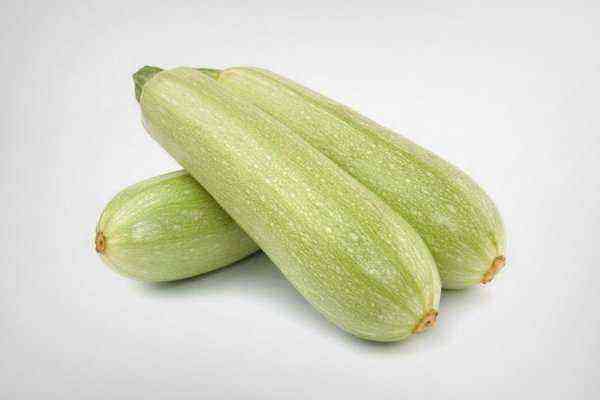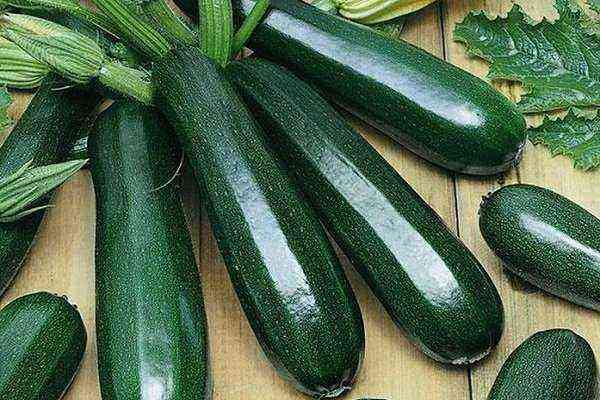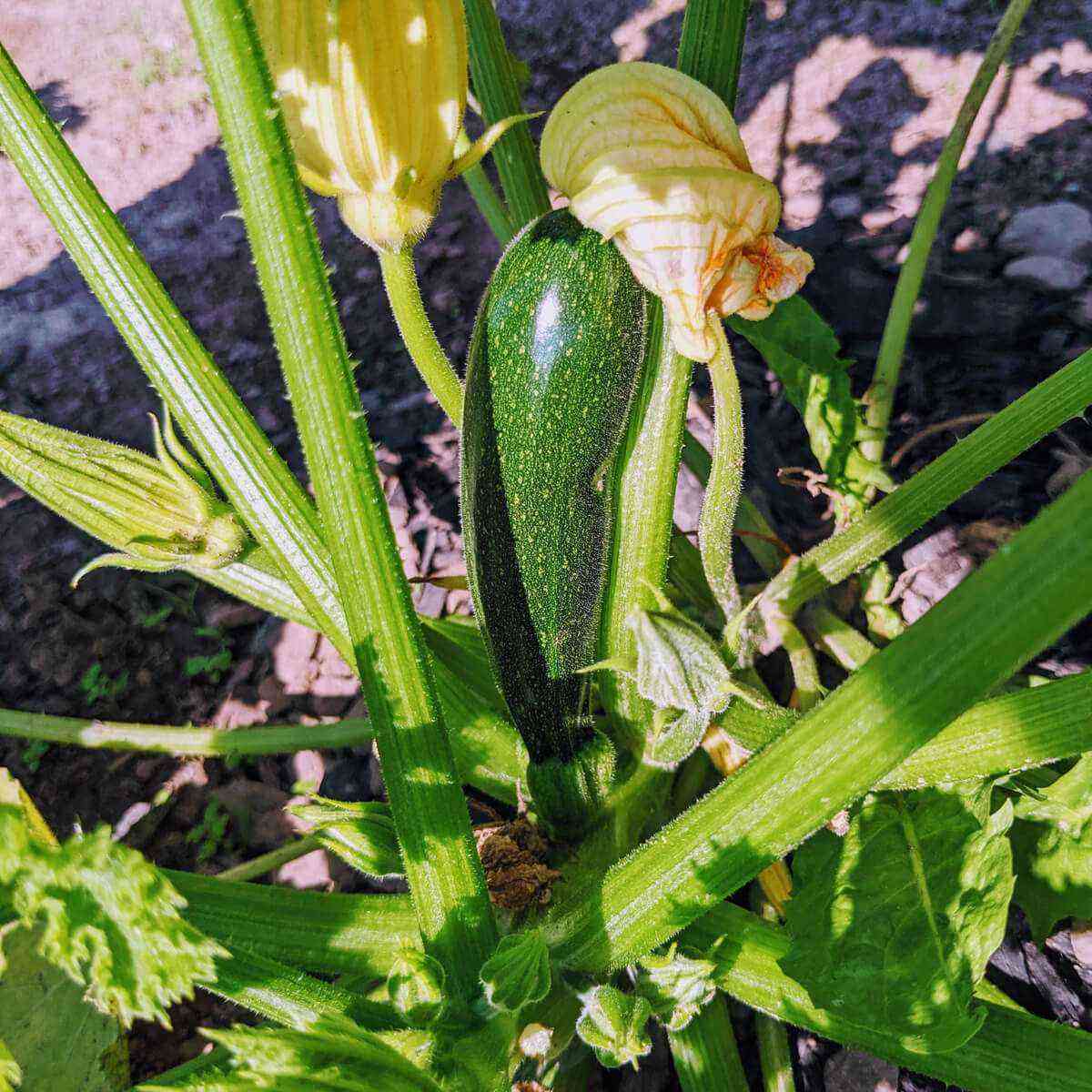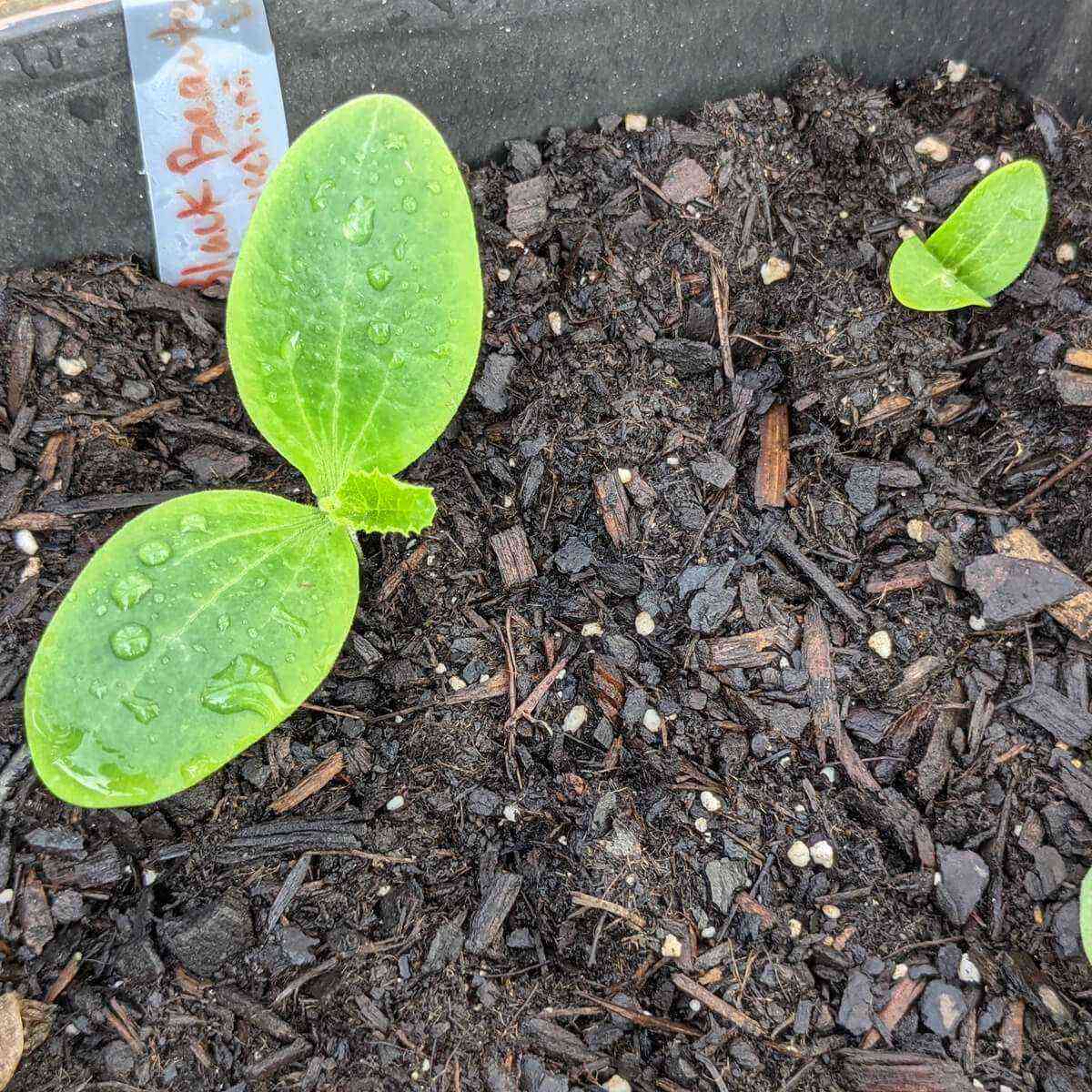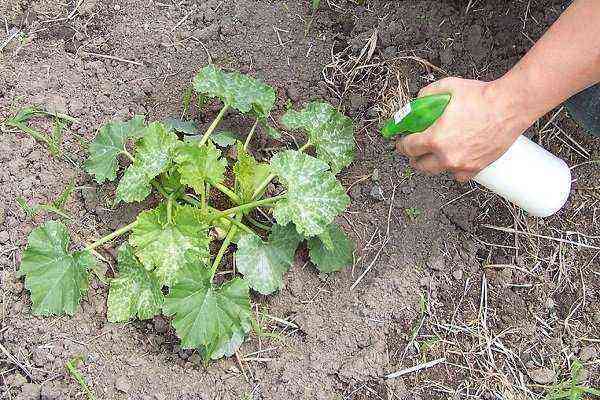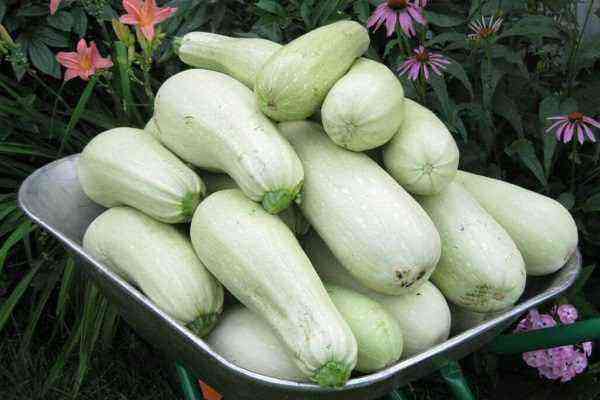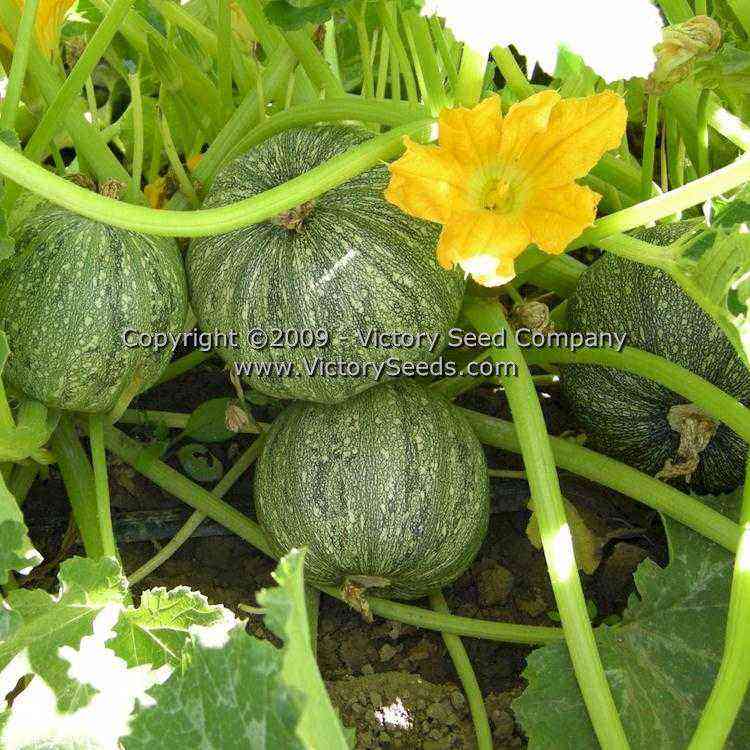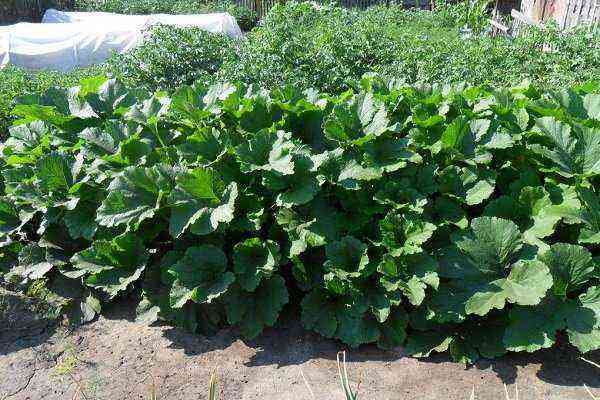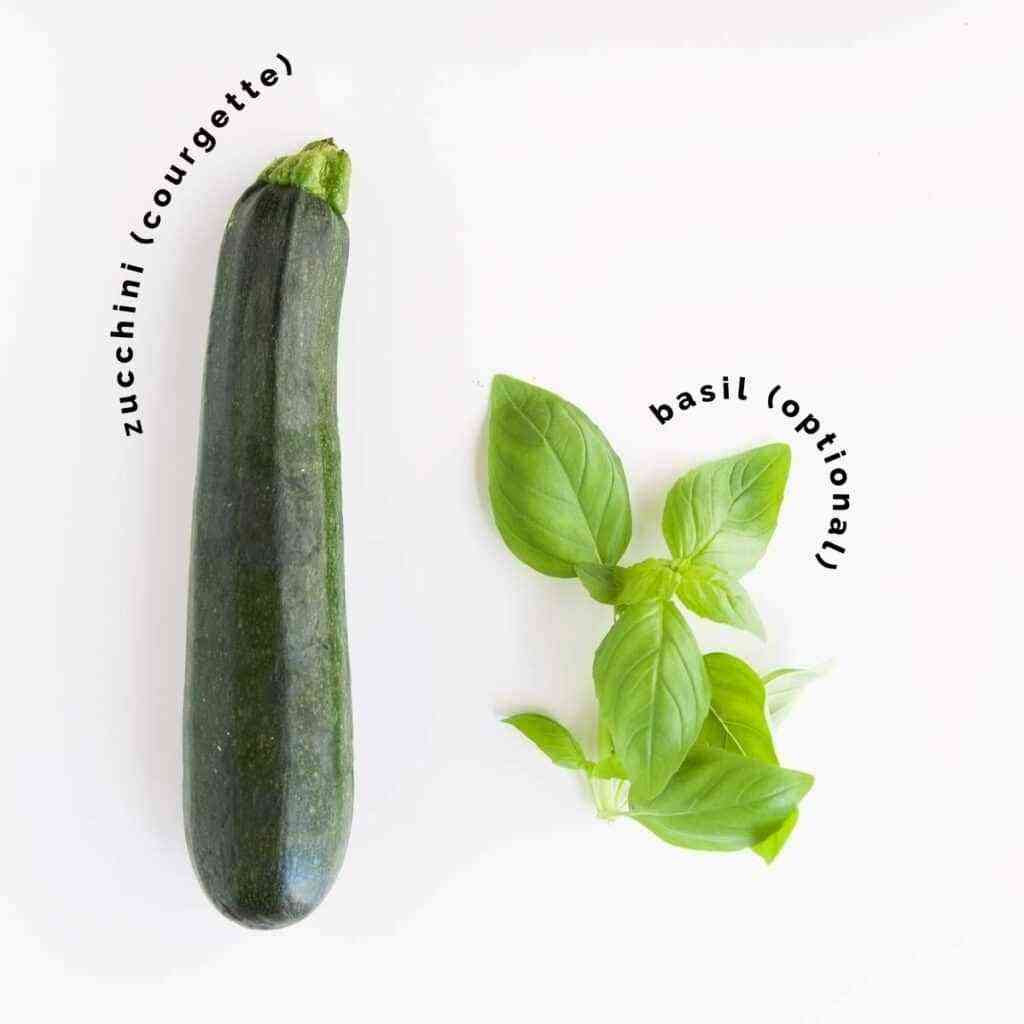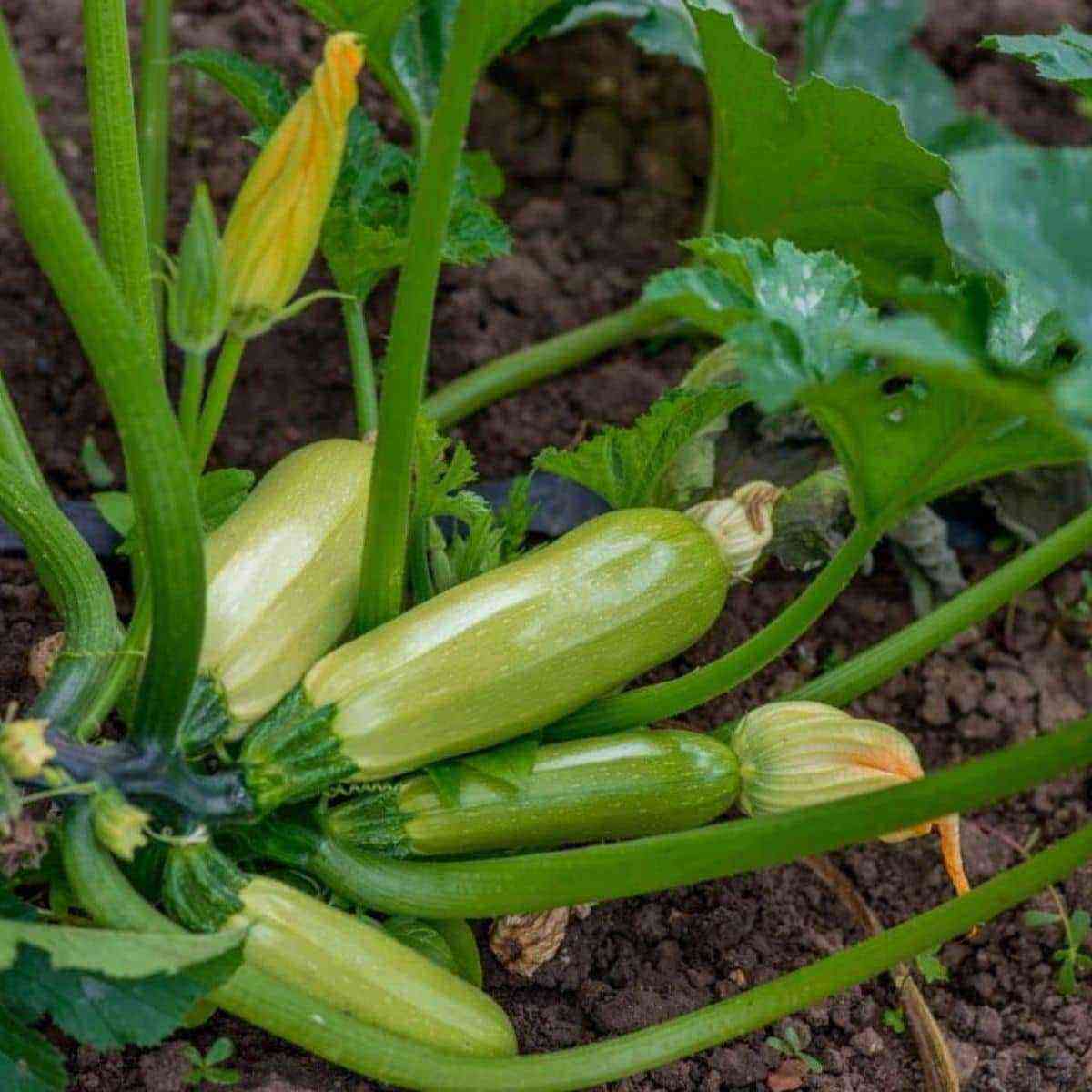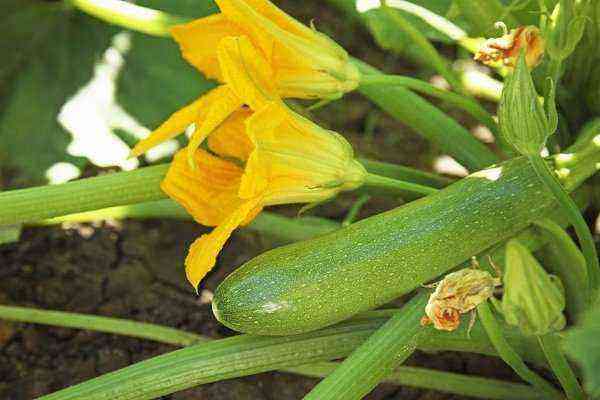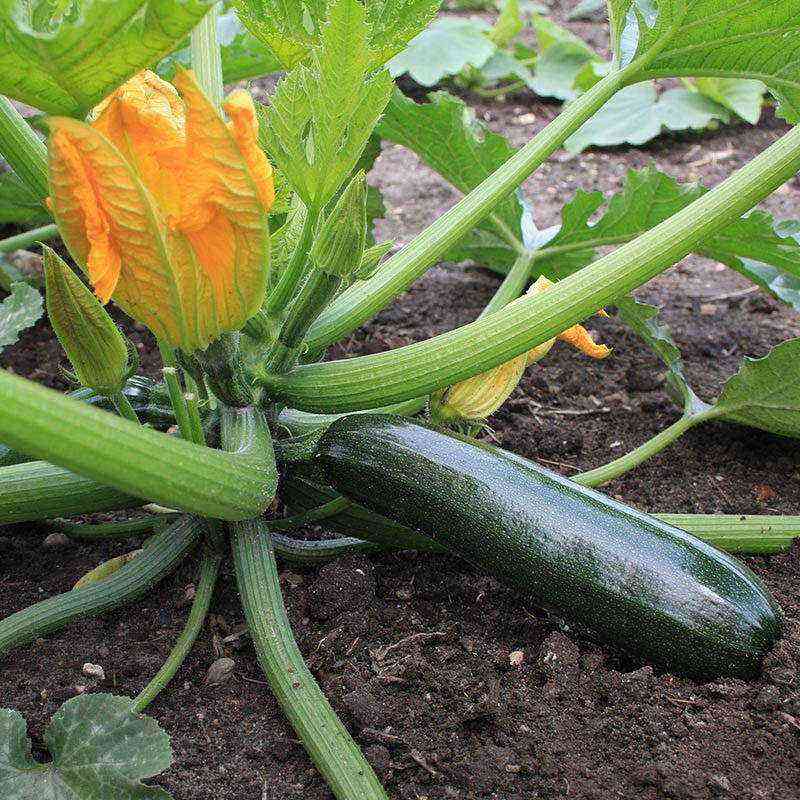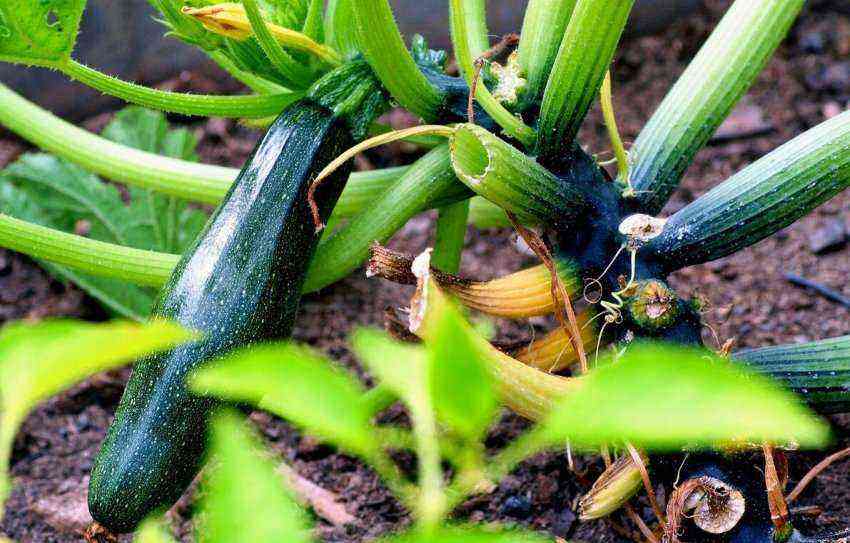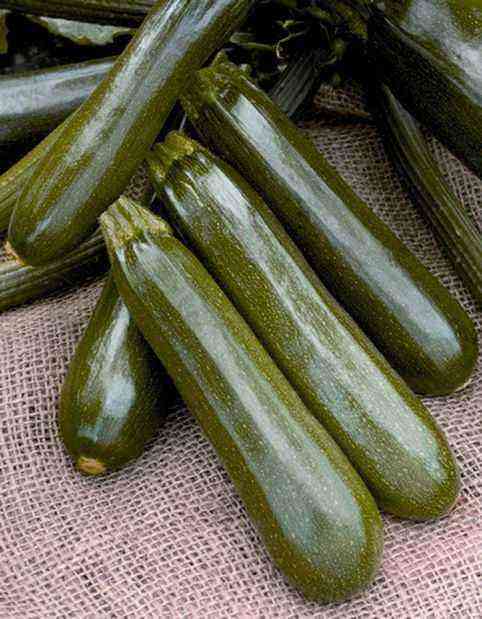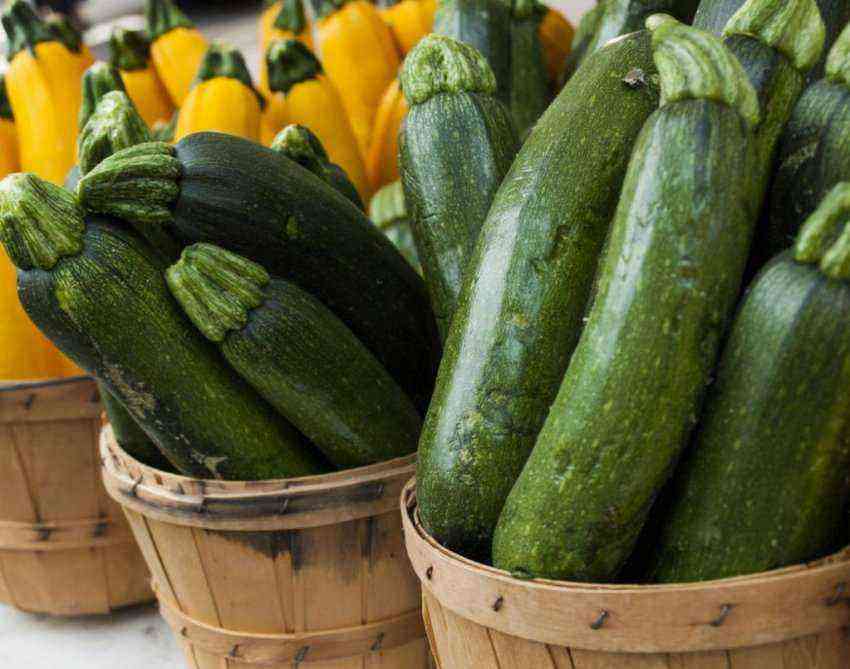Zucchini is known as a fast growing crop, ripening earlier than many garden plants. Along with early and mid-season, there are late varieties that allow you not only to use the beds at the end of the season, but also to make a lot of all sorts of zucchini blanks.
The best late varieties
Late varieties of zucchini are widely represented on the seed market. For each region, you can choose options that are best suited for local climatic conditions.
Walnut
This variety has beige cylindrical fruits, smooth, with fragrant orange flesh and a small seed chamber. The weight of mature specimens is 3-5 kg. Length – 17-22 cm. The first ripe fruits can be picked 90 days after germination. Up to 8 kg of fruits are harvested from one plant.
Advantages:
- easily tolerates extreme heat and rainy periods;
- not affected by fungal rot;
- well transported;
- delicious baked, steamed, stuffed.
Spaghetti Raviolo
A feature of the variety is the fibrous structure of the pulp. The fruits are cylindrical, first green, fully mature – whitish. Length – 15-20 cm. Weight – 1 kg. There are copies and 1,5 kg each. The pulp has a sweetish taste. Ripens after 130 days of growth. The yield per bush is 1 kg.
Advantages:
- excellent taste;
- original pulp.
Tivoli F1
Hybrid squash-spaghetti bush form. Ripens in 160 days from the moment of crops. Fruits are cream-colored, oval, smooth, tapering towards the stalk. Harvest per bush – up to 5 kg. The pulp is fibrous. Fruit weight – 1-1,5 kg.
Advantages:
- high yield;
- excellent creamy taste;
- when cooked, vegetable vermicelli of a golden hue is obtained.
Lagenaria Calebas
A powerful plant with large lashes and fruits of an unusual shape – they look like giant pears. Productivity from a bush – 40-45 kg. Fruits, depending on the subspecies, grow 30-60 cm long. Weight – 1,5-5 kg. Ripening period – 180-200 days.
Advantages:
- pleasant, sweetish taste;
- you can cut off a piece for food, and the rest of the zucchini will continue to grow;
- resistance to diseases;
- from overripe fruits you can make dishes, souvenirs.
Lagenaria vulgaris
Strong weaving variety with long fruits. Individual specimens reach a length of 170 cm. The weight of one zucchini is 10-11 kg. Ripening occurs 120 days from the day of planting. Up to 40 kg of fruits are harvested from one bush.
Advantages:
- high yield;
- good keeping quality;
- high taste characteristics;
- you can cut a piece of zucchini directly from the bush;
- universal application – young fruits are marinated, fried, stewed, boiled.
Advantages and disadvantages of growing late zucchini
It happens that in summer zucchini give such a plentiful harvest that you don’t even want to think about late varieties. But if a few zucchini were planted in the first half of the season, or the harvest did not work out, why not re-sow the crop – late varieties have many advantages that their earlier counterparts do not have.
Advantages of late varieties:
- lighter than early and mid-season zucchini;
- replenish the autumn diet, when cucumbers, tomatoes and many other vegetable crops finish fruiting;
- from early and middle analogues differ in more multifaceted and rich tastes.
Disadvantages:
- there are nuances of agricultural technology, failure to comply with which leads to a lack of harvest;
- there is a risk of crop loss – in case of early frosts (a film stretched over the beds at night will help prevent this);
- seeds quickly become hard.
Features of planting and growing
The agrotechnics of late zucchini differs little from the cultivation of early and medium varieties, but still there are nuances that should be paid attention to. The correct approach to planting and caring for late varieties will allow you to get the maximum result from planting.
Dates and methods of landing
The timing of planting late zucchini depends on the time of the onset of cold weather in a particular region. Ripening, which in late-ripening varieties lasts about 120-180 days, should end before frosts come. As a rule, in central Russia, zucchini is planted on May 1-10.
What to consider when planting late zucchini:
- late squash, if there is no danger of night frosts, you can safely sow in open ground – there is no point in messing with seedlings;
- do not rush to plant late varieties – anyway, their harvest falls at the end of the season, which means there is no need to take risks and rush to sow;
- prepare the soil well, add organic matter in advance – 10-15 kg of humus, 200 ml of ash and 50-60 g of double superphosphate per 1 sq. m;
- soak or germinate the seeds before sowing by wrapping them in a wet rag and placing them in a warm place;
- plant seeds in holes 4-6 cm deep at intervals that take into account the characteristics of the variety;
- put 2-3 seeds in each hole, and when shoots appear, remove the extra sprouts, leaving the strongest.
If desired, you can plant late zucchini in seedlings. In this case, the landing is made around the end of May or the beginning of June. Seedlings are planted at the age of 25-30 days.
Zucchini are unpretentious, they grow well both in open and closed ground, the main thing is to choose the right variety:
- for growing under shelters, it is better to choose compact and bush varieties;
- for open ground, varieties with large bushes and strong, dense shoots are more suitable.
It is recommended to give preference to varieties that are resistant to diseases, pests, fungal infections. And hardy, well tolerated by the summer heat and possible autumn frosts.
The nuances of agricultural technology
Late-ripening squashes have a long growing season, so they have to be doubly hardy, as they are more likely to face droughts, heavy rains, attacks of fungal infections.
In order for late zucchini to grow successfully, strictly adhere to the rules of agricultural technology for specific varieties.
Watering
In order for the fruits to gain the mass provided for by the variety before the seeds ripen, the plants need regular watering. Otherwise, the seeds will become hard ahead of time.
In the south of Russia, where late squash is usually grown, droughts occur in July-August, and artificial irrigation is indispensable.
Irrigation features:
- the recommended frequency is 3 times a week;
- watering rate – 4-5 liters for one bush;
- in extreme heat and in the absence of rain, water the zucchini every day;
- recommended watering time – morning and evening;
- water for irrigation is not cold.
If you water the zucchini with water, the temperature of which is below + 20 ° C, they stop growing, and in the worst case, the roots rot.
Hilling
Late squash is recommended to regularly loosen, hill up and along the way remove weeds, which not only absorb the nutrients intended for the bushes, but also attract insects. Rake the soil, if necessary, to the center of the near-stem circle – this will prevent the roots from being exposed.
Feeding
Late varieties are extremely demanding on soils. They need nutritious soils, loose and fertile. It will not be possible to get a decent harvest on depleted land.
It is better to feed zucchini with natural fertilizers – for example, rotted manure (2-3 kg per 1 sq. M) and wood ash (100-200 ml per bush).
Simply scatter the ash around the trunk circle, and then gently loosen the soil. This allows you to plant fertilizer in the soil without damaging the root system (it is very close to the surface of zucchini).
Harvesting
Unlike early varieties, late-ripening zucchini does not give gardeners time to think. They seem to feel the onset of cold weather and rush to form seeds. Therefore, remove the fruits in time – if you gape, they will quickly become hard, unusable.
What to look for when picking late zucchini:
- If the fruits have overgrown and become hard, their flesh becomes tasteless, and the seeds are hard. Such specimens are given for livestock feed, they are not even suitable for conservation.
- The timing of the ripening of zucchini is usually indicated on the package with seeds. Late varieties usually ripen 110 days after germination.
- Experienced gardeners advise not to count the days, but simply to knock on the zucchini with your knuckles. Ripe specimens make a dull sound, overripe – sonorous.
Pick the first 2-3 young fruits before they reach the varietal length. This stimulates the growth of the following fruits. If you leave them on the bush, he will put all his strength into the formation and ripening of seeds, which will lead to a decrease in yield.
How to prolong the autumn fruiting of zucchini?
In the summer, summer residents and gardeners often have a problem – what to do with zucchini. They are heavily eaten, shared with relatives and neighbors, fed to chickens, pickled. Autumn is another matter – by this time everyone has time to miss the zucchini, and large juicy fruits come in handy.
By resorting to some tricks, you can stretch and extend the fruiting period until the very frost:
- Remove leaves from the center of the outlet (2-3 pieces). They shade the fruits, take food, interfere with the movement of air. Cut the leaves in the morning in dry weather, and sprinkle the cuts with wood ash or charcoal. After that, do not water or fertilize the bushes for 2 days.
- 2 days after pruning, feed the bushes with a solution of urea (urea) – mix 1 tbsp. l. with 10 liters of water. Feed in the morning after watering. Under one bush – 1 liter of solution.
In the evening, spray the bushes with a solution of iodine – dilute 10 ml of pharmaceutical iodine and a complex preparation with microelements (for example, Uniflor Micro) in 10 liters. - Starting from the first days of September, autumn frosts, plentiful and cold dew threaten zucchini. To prevent freezing of the bushes, which provokes fungal diseases, they are insulated. You can, for example, install mini-greenhouses by covering the plantings with agrofiber stretched over arcs.
It is not recommended to cover late zucchini with a film, as it disrupts the air exchange process, causes dampness and condensation.
Bushes affected by the fungus, dig up and burn. In the fall, there will be no benefit from them, but the infection will begin to spread intensively through neighboring plants and the entire garden. It is recommended to spray the appeared ovaries of zucchini with boric acid (2 g per 10 l of water) – this will stimulate their development and prevent shedding.
helpful hints
Gardeners who grow late zucchini for the first time often face problems caused by ignorance of agricultural technology or making gross mistakes. The recommendations of experienced gardeners will help prevent growing errors.
Tips for growing late-ripening zucchini:
- When growing late squash, it is important to cut off drying leaves in time. In early and mid-summer, there is usually no such problem, but closer to August, the lower foliage begins to dry out. By removing old leaves, it is possible to prevent the development of infections and attacks of insect pests.
- Due to frequent watering, the soil is often washed out near the stem, and large roots are exposed. This slows down the growth of late squash, inhibits the weight gain of fruits. The problem can be solved by mulching the near-stem circle with a mixture of soil and humus in equal parts.
- To get a good harvest, zucchini must be well pollinated. If there are problems with the ovaries, it is recommended to spray the bushes with diluted honey. Or a tincture of male flowers with the addition of sugar syrup – it is infused for 24 hours, and then the female flowers are sprayed.
In rainy summers, when there is a shortage or absence of pollinating insects, female flowers can be pollinated by hand if plantings are small. One male flower is enough to pollinate 2-3 female ones.
By planting late zucchini, you can get a generous harvest of large and tasty fruits at the end of the season. They will not only replenish your menu with vitamin dishes, but will also become an excellent basis for winter preparations.
